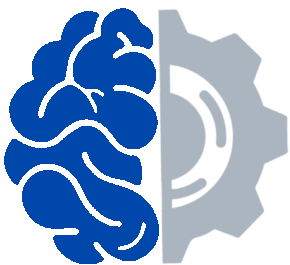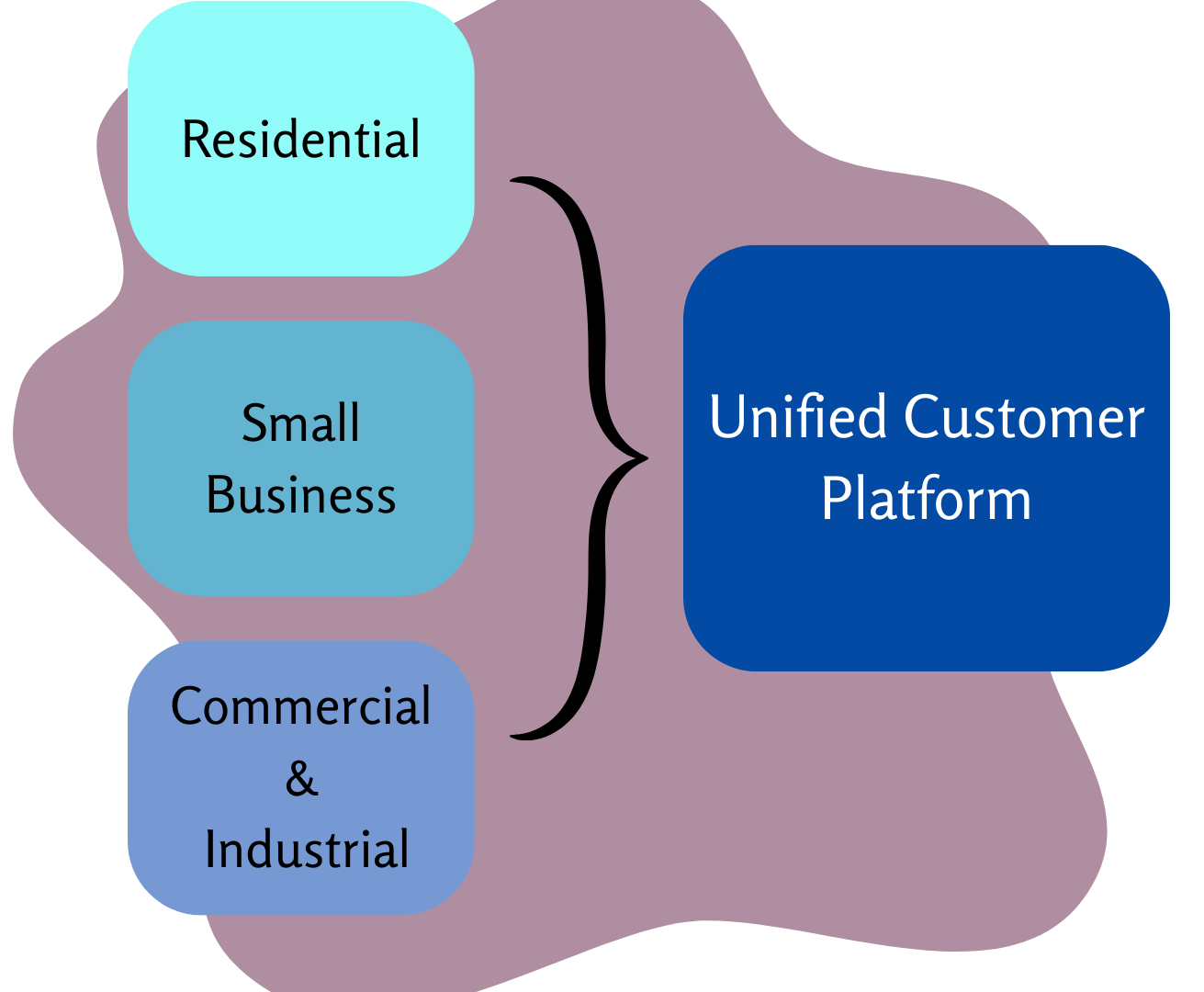Unified Customer Platform
The Challenge
Our client, a Fortune 200 services and commodities provider, used to serve customers across multiple digital storefronts. Service quality varied widely. They consolidated all their services into one, adaptable platform to improve efficiency and cross-selling opportunities.
The user base was extremely varied, from older adults managing a few accounts up to commercial operations with hundreds of staff, differentiated roles, and thousands of accounts. The software needed to be easy to use but flexible enough to serve extremely demanding corporate environments with hundreds of users and varied accounts.
Organizational Context: while our initial research was performed directly with the main client, the agile software development project was contracted through their technical partner, another Fortune 200 company. We were a front-end development sub-contractor.
The Methods
Remote User Interviews: during the exploration phase, more than 50 people (across customer groups and internal SMEs) were interviewed to determine how current services fit needs, how competitors were perceived, and to identify critical requirements for each market.
Usability Testing: all features developed were assessed with moderated remote usability testing to compare Task Completion Rate, Single Ease Questionnaire, and the UX-Lite measures for Usefulness and Ease of Use. I provided feedback for several UX Designers who provided our wireframe test prototypes.
My Contribution
Research Review: I was responsible for detailed knowledge of 2 years of preceding research with users and subject matter experts.
User Interviews: I directly performed the last 8 user background interviews.
Testing Strategy: Worked with product owners, design, and SMEs to prioritize features from the roadmap, and allocated the 60 user budget to provide the best coverage against a shifting release plan.
Remote Usability Testing: Recruited, moderated testing, analyzed, and reported all results for two rounds of testing for 40 subjects.
The Result
Benchmarking currently places it within the top 10% of consumer software with adherence to ACAG AA standards.
All usability tests were performed on schedule, and under budget, even when the client requested that testing be started a month earlier than planned. Recruitment was representative of the population regarding regions, ages, and ethnicities, resulting in natural variation that emphasized just how diverse needs can be in the average population.


